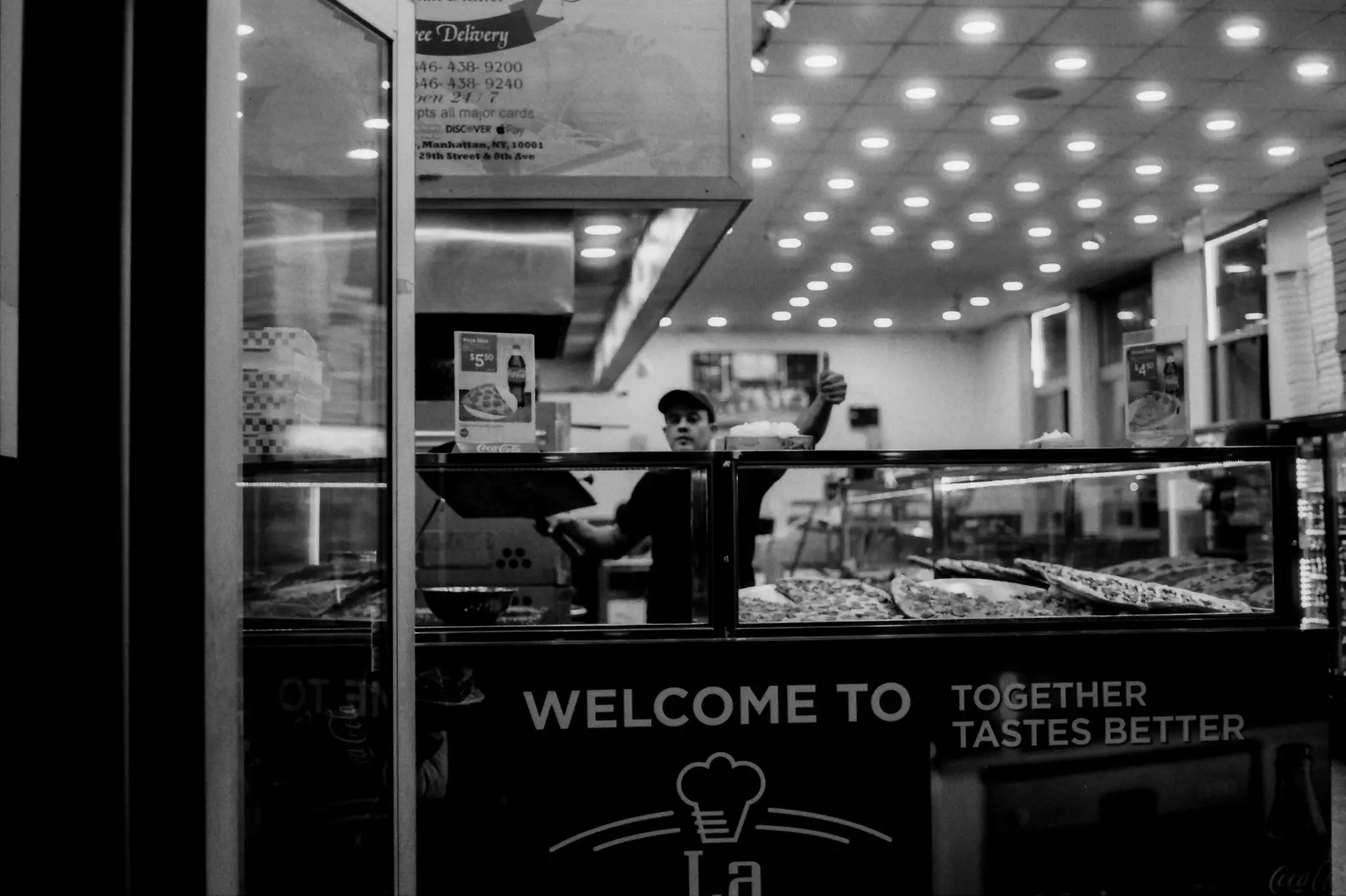I need to take more bad photos. What I mean is I ought to shoot more, period. But I know that I learn more from the bad photos than the good ones.
As I stare at the original files before any editing, it is obvious I should study. Since photography is a practical skill, not abstract knowledge, it depends on experience. It is deliberate practice, not rote repetition, that enables growth. Film is better than digital for this purpose, because it requires greater conscious action — and it rewards it. Digital allows, even encourages, a series of the same defective picture, as if “chimping” would cover up any deficiency.
My personal list of flaws is consistent. I keep underexposing. My composition is awkward. I shoot wide open when the subject calls for me to stop down, and vice versa. Eyes lack the sparkle of the catchlight, depicting the person in the portrait as dead to the world.
Yet I appreciate that each imperfection brings another opportunity. Nobel Laureate Linus Pauling remarked that “the best way to have good ideas is to have lots of ideas and throw away the bad ones.”
In my day job, I became a law school dean at the age of 36. For a brief period, I was the youngest law school dean in the nation (later, that same institution appointed someone whom I had hired as an assistant professor, as my successor’s successor, when she was even more junior chronologically and in her career; she did a great job). People would ask me how I achieved my milestone. My answer is that I made more mistakes than was average, and I did that much faster.
That is no boast. The point is important to share with anyone with ambitions: you have to take risk, which means you must be resilient about the inevitable failures. Pundits who encourage risk but don’t acknowledge failure are not wise. The illusion of risk offers only the illusion of a lesson.
Mistakes are means to an end, not an end in themselves. Perhaps I am an incurable contrarian. But I am convinced our case studies of entrepreneurial accomplishments are all wrong, because they emphasize what went right. I’m more interested errors ranging from the trivial to the profound. Nor in my philosophy do we ever stop. We can cease only by no longer caring to experiment, rendering ourselves inert.
Otherwise the problem is our tendency toward the Dunning-Kruger effect. Named for the two psychologists who documented the condition, to which we all succumb sometimes, it is our overestimation of our abilities because of our very lack of expertise. Ignorance does not know itself. We watch someone else perform a task for which they have trained extensively, and their proficiency fools us. They make it look easy. We do not know what we do not know. Students commonly complain that they felt so confident before the final exam and afterward are shocked by their grade.
None of us has earned the right to be surprised. When I pick up my developed rolls from the lab, I am excited. After I have scanned them and uploaded them, I am not disappointed even if a critic would disapprove. I force myself to process even the frames that I doubt will come to much. I can play with the sliders to see if I can salvage anything that I would accept.
The last batch of film constituted 324 attempts to create art or at least document a time and a place. I am taken by fewer than ten percent of the images “as is,” with minimal cropping. I like maybe another quarter after I play with them, trying not to be excessive with technological enhancements. Among the remainder, there are always patterns. That is what I am trying to discern. The same is true for me as a writer. Although I commit typos, I also display consistent faults.
The black and white film I prefer allows me to correct for underexposure over quite a range, to my eye up to three stops. The perspective cannot be modified after the fact, but minor misalignment can be remedied, and altering the aspect ratio can be significant. I am reluctant to use tricks to fix focus though; it doesn’t seem right normatively and it doesn’t turn out right aesthetically anyway; adding a catchlight in “post” seems inappropriate. Probably greater talent than mine is necessary.
Trying to copy a master has long been a worthwhile technique of education. The discrepancies between the flawed reproduction and the original are the means of improvement. Our medium has limits. Some rules can be bent, others broken.
Photography is intrinsically interesting. The possibility of progress, and not simply because a smartphone performs calculations for me, ensures it all the more so. Life is all about challenge and discovery. I embrace my bad photos, because in photography, unlike life, a “do-over” is possible.
Share this post:









Comments
paul snaith on The Necessity of Bad Photos – by Frank H. Wu
Comment posted: 21/07/2018
Tobias Eriksson on The Necessity of Bad Photos – by Frank H. Wu
Comment posted: 22/07/2018
I want to share some thoughts: One need to remember that every photograph shows a 'splinter in time', ie. tells a story. Either it's for you, now (personal), or for a gallery audience next week (artistic/timeless) or a historian in fifty years' time (document). After all, we all are connected over space and time, in particular by the physical objects we produce. So, if a bad photograph ends up on the bottom of the drawer it doesn't mean it was made in vain. It is an evidence of one's development as a photographer as much as it depicts something else to someone else.